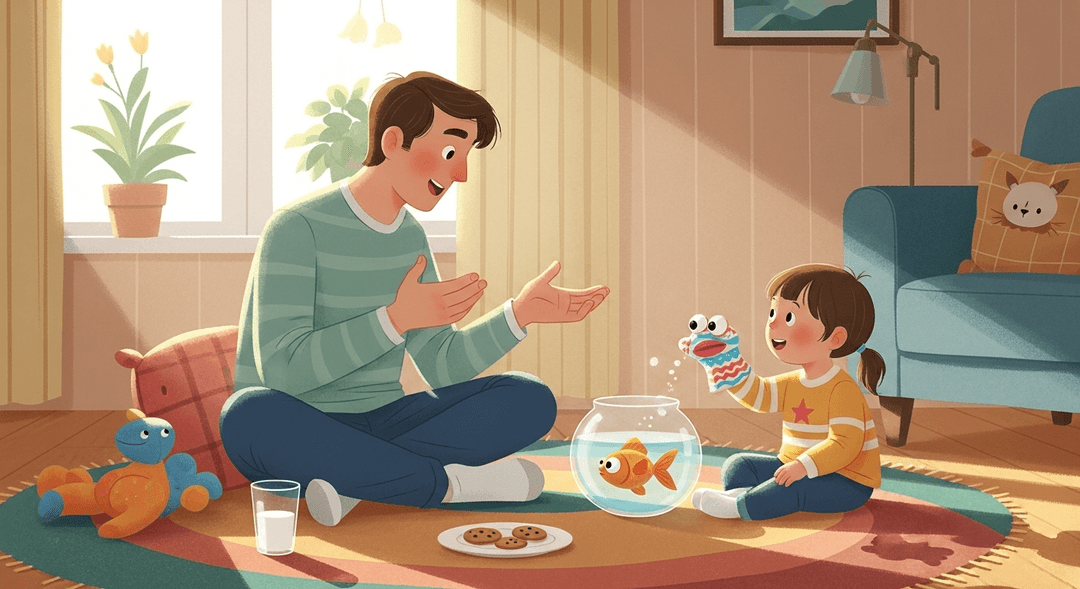Talk About What Makes a Good Friend
Ever tried to explain 'trustworthiness' to a preschooler who thinks their best friend is a sock? Welcome to the magical world of teaching friendship qualities—where every conversation is part TED Talk, part detective work, and part snack negotiation. If you’re ready to trade in ‘because I said so’ for ‘let’s talk about loyalty’ (and maybe rebrand the family goldfish as a model citizen), this chapter is your jam.
Talking about what makes a good friend helps kids build social-emotional skills, which are basically the emotional Swiss Army knives of childhood. These chats strengthen neural pathways for empathy, perspective-taking, and self-regulation—meaning your child is more likely to share their toys (sometimes) and less likely to launch into a full-on meltdown when someone borrows their crayon. Plus, it gives parents a chance to model healthy relationships, which is like giving your kid a cheat code for life.
How to do it
Start with stories from your own childhood or from books and shows your child enjoys. Sharing familiar or personal stories helps make the concept of friendship relatable.
Ask open-ended questions such as, “What do you think makes someone a good friend?” This encourages your child to think deeply and express their own ideas about friendship.
Use real-life situations, like a disagreement over a dinosaur sticker, to discuss important qualities such as kindness and honesty. Relating these concepts to everyday experiences helps reinforce their importance.
Role-play different scenarios using toys or stuffed animals. Dramatic reenactments—perhaps with Mr. Fluffy—can turn abstract ideas into fun, memorable lessons.
Celebrate examples of good friendship when you see them. For example, say, “Wow, you helped your friend up when they fell, that’s so kind!” Positive reinforcement encourages your child to repeat these behaviors.
Key Tips:
- Keep conversations casual and age-appropriate.
- Listen actively to your child’s thoughts and feelings.
- Use praise to reinforce positive actions.
- Be patient—learning about friendship takes time and practice.
